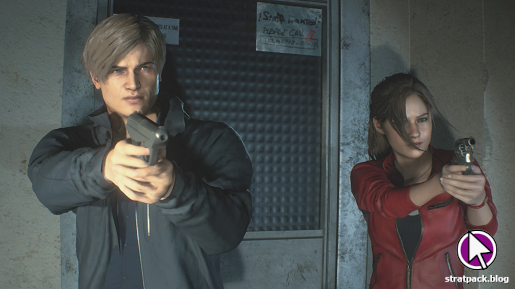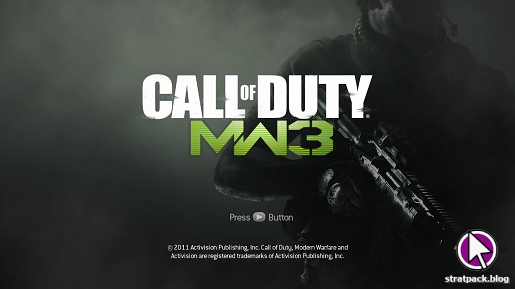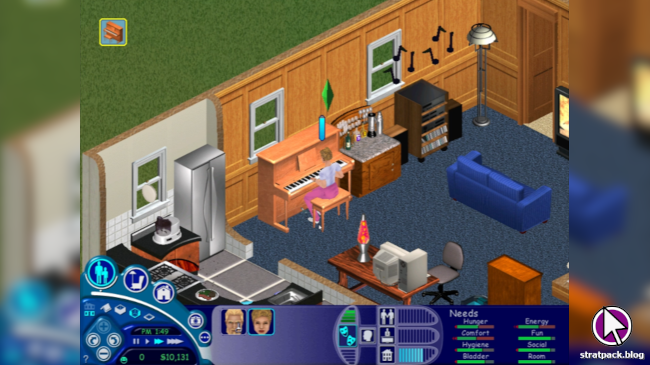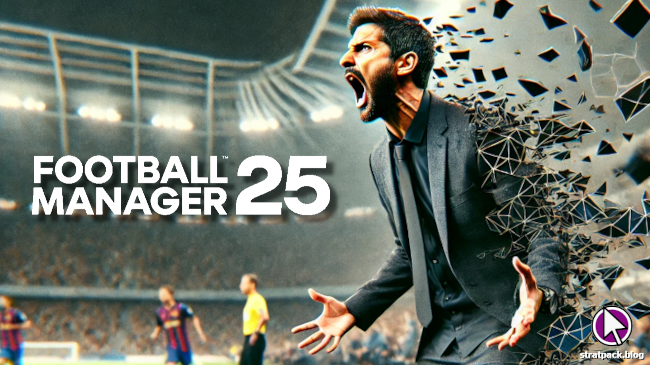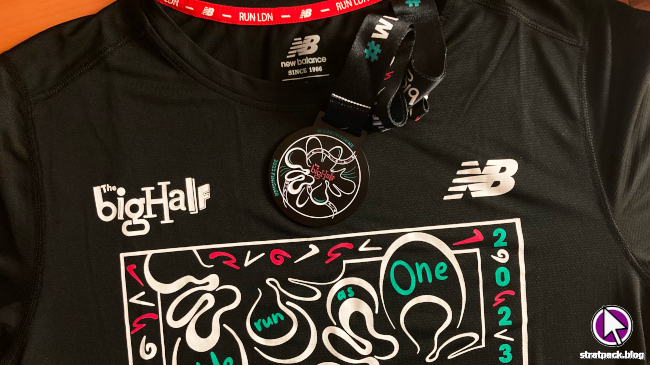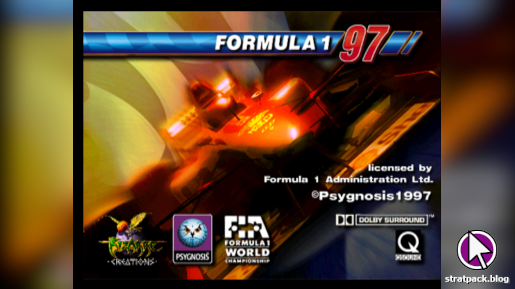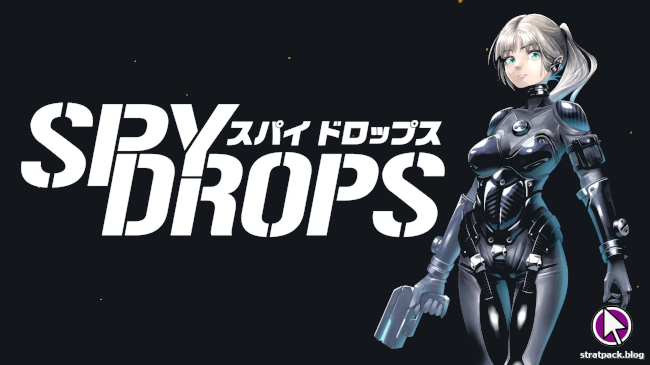
Fable (PC) retrospective
For my next retrospective, I decided to dive back into one of the most memorable games of my childhood: Fable. Released on the Xbox in 2004, the first title in Lionhead’s RPG series failed to live up to the unrealistic hype amassed through Peter Molyneux’s misguided media interviews, but still had plenty of substance to make it one of the notable releases of its generation.
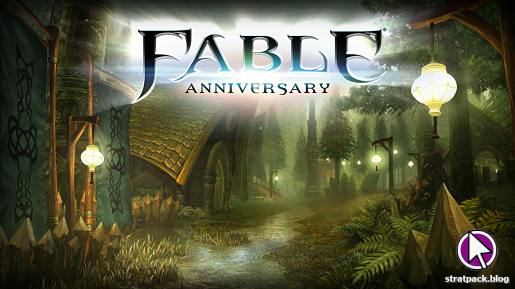
So crank up the soundtrack and settle in as we head back to Albion and revisit the full story of the original game, along the way considering some of Fable’s standout mechanics and features and how they compared to its contemporaries, its successors, and the embellished previews.
Great expectations
The first time I heard about Fable was in early 2004, from a very excited friend. “This game is going to be amazing,” he told me one day after school, showing me video game magazines full of what would later turn out to be exaggerated promises from designer Peter Molyneux. “You can do anything – even go to a town, kill the mayor, and sleep with his daughter!”
I was too young to realise that the Xbox wasn’t powerful enough to deliver on the level of freedom promised, and was very excited ahead of the game’s September release. My parents eventually agreed to buy me a copy as a reward for good exam results, and while Fable wasn’t the one-of-a-kind sandbox in Molyneux’s head, it had enough character and hints of that ambition to be one of the most memorable titles of its generation.
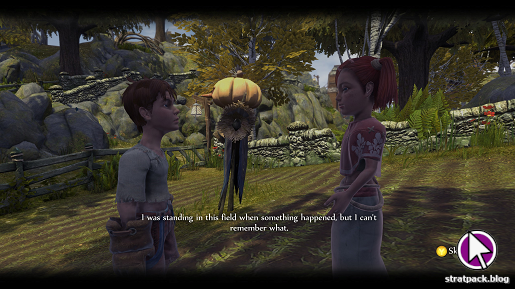
The RPG’s opening moments drop the player into Oakvale as an oddly-proportioned young boy, tasked with completing small tasks around town to earn enough gold to buy our sister a birthday present. These serve as an introduction to the game’s quite simple morality system, and we earn good points by – for example – reporting a cheating man to his wife, or evil points for taking his bribe and keeping our mouth shut (although we learn there are still repercussions, as word quickly travels to the town guards anyway).
Nearly as soon as we give Theresa her present, the town is overrun by bandits, who kill our father. Our mother and sister run off without us as we hide, and we are about to be killed too, before a mysterious stranger tells us to come with him if we want to live and teleports us to safety. This turns out to be the old hero Maze. He’s voiced by Peter Dickson, who does a lot of TV announcer work in the UK, and this is sometimes a little distracting.
Eye of the tiger
Our tutorial continues at the Heroes’ Guild, where the Guildmaster puts us through our paces in melee combat, archery, and will (magic) – Fable’s three main ability classes. We also meet Whisper, an annoyingly confrontational fellow student who tries to rile us up for some reason. Unfortunately, we’ll continue to encounter her throughout the game’s main story.
After a final test fight against a largely defenceless Maze, we’ve passed our training and are sent out into the world as a hero. At our graduation, the Guildmaster stresses that we can do good and evil and the world will change accordingly. This was a key theme of the series, and was certainly better realised in Fable II, but it’s another indicator of the ambition of the game and even here leaves you wondering how far Fable will let you take it.
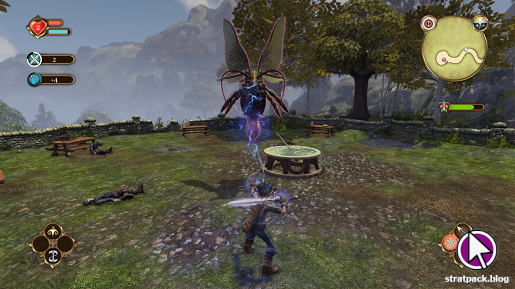
Our initial quests are fairly basic chores. As soon as we’re outside the guild it’s immediately obvious that the citizens of Albion are hapless morons who depend on heroes for everything, and as such we’re sent on insignificant errands like dealing with wasps and helping the incompetent guards defend a farm from bandits. Interestingly, there is an “evil” version of this quest where you attack the farm, and Whisper joins whichever side you don’t.
We meet Maze in Bowerstone and he shares the news that our sister might still be alive, but doesn’t know where she is. Very helpful. Instead of dealing with that, we escort some traders through Darkwood, protecting them from balverines (werewolves). There’s a nice branching questline here where you can choose to bring along a bitten trader who eventually transforms, but the balverines themselves are tedious to fight, mostly due to their ability to jump off-screen for random periods of time after you get a few hits in.
Linear freedom
By this time, you’re probably getting the sense that Fable’s open world is not too open after all. Sure, you can technically go anywhere and there are side quests and minigames to indulge in, but Albion essentially consists of a series of corridors with a few enemies and chests dotted here and there. Although the game does restock level-appropriate enemies if you revisit most areas, there’s very little reason to do so when your hero can teleport around.
What Albion does have going for it is character, and plenty of it. The Fable series is known for its British voice acting, and while the NPCs here are more stilted and repetitive than they would be in the Xbox 360 games, they are generally likable and often elicit a chuckle – even if that is sometimes due to their overblown gestures and the main character’s silence in cutscenes. Really, it’s testament to the writing and acting that the game is so charming and memorable when all the enemies and questlines are so cliched.
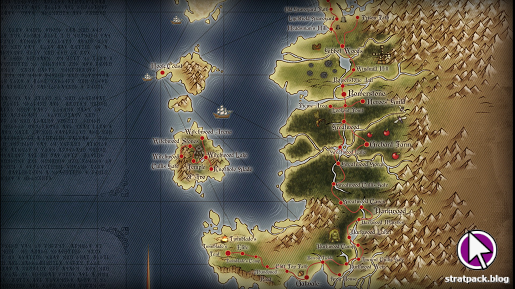
One unfortunate design choice was to make the Heroes’ Guild the player’s hub of operations. Characters will frequently describe our next task, only to say they’ve left the quest card at the guild, meaning we need to teleport back to pick it up. The same holds true for levelling up our hero. These are all mechanics that are dealt with via menus in other games, and it quickly becomes grating that they require travel in Fable, even if it is near-instant.
Together, the various design elements give an impression of a game that was delivered before its time. You can feel where Molyneux and his team probably wanted to do more, but the hardware limitations and design lexicon of the time meant each area needed to have four enemies and a clearly identifiable chest containing an item. In 2004, games had to pick an approach and stick to it. Fable opts for accessibility over the depth of its contemporary Morrowind – two philosophies that would be fused by the time of Skyrim.
Going undercover
Back in the story, Maze tells us there is a blind seeress at a camp belonging to the bandit Twinblade who might be able to tell us something about our sister. After a rather janky stealth bit to get past the main gate, there’s a creative section where we are tasked with collecting and equipping bandit clothes to go undercover. At the end of the path we fight Twinblade, who offers a basic but satisfying pattern-based boss fight where we must dodge his blows and attack when he gets his blades stuck in the ground.
It turns out the seeress is none other than our sister Theresa, who was blinded during the siege and started running with Twinblade’s gang. Over the course of the next few unnoteworthy quests (which unfortunately involved many more balverines) she shares more information about our family. She thinks we’re descended from a bloodline that is capable of wielding a sword that is apparently so powerful that it can be used to rule the world.
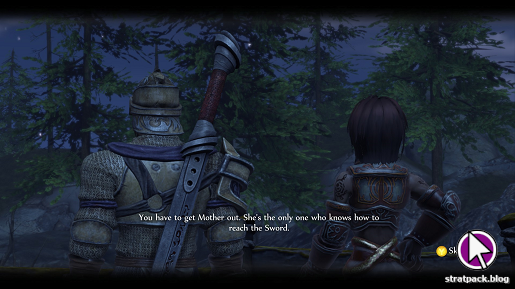
Now we’ve amassed some renown (a separate stat running adjacent to the good/evil bar that represents how famous our hero is), we’re invited to fight at the Arena. This is a grind, featuring a round for each of eight enemy types, most with five waves each. Oddly, it was also my first introduction to some enemies I’d yet to face in the wild. The Arena exposes the weaknesses of the game’s AI, which will walk straight into a spinning blade if it is on a direct path to you, and I’m not sure if this was a bug, but the crowd was booing so loudly the whole time that I had to turn my headphones down.
After we defeat a giant scorpion, Jack of Blades makes an appearance and pits us against Whisper, who was our Arena comrade to this point. Whisper constantly cheats and is the worst fight in the game, teleporting behind you and jumping off-screen like a balverine, all with invulnerability. At the end of the fight you can choose to kill or spare her (I chose the latter). On our way to the exit, we learn that our mother was a former Arena champion, and Jack of Blades drops by to tell us that she lives in solitude somewhere and he wants to reunite us. Just don’t worry that he sounds like Darth Vader.
Fight for your right
This is probably a good place to discuss Fable’s combat, which is a simple affair with one button assigned to melee, will, and archery respectively. Both the player and enemies can block, which adds a little depth as you’ll need to build up to a block-breaking flourish to do any damage. Some enemies will get knocked out mid-fight, introducing a decision as to whether to leave them where they are to focus on others, at a cost of their later resurgence.
After the opening couple of hours, where combat is entertaining enough as you work out how to fight properly, enemies can start to feel like sponges as they increase in health disproportionately to your own development. This makes some battles - particularly against enemies like balverines and trolls that take many hits to kill but offer fairly rare opportunities to get them in – long slogs that end in relief more than any feeling of triumph.
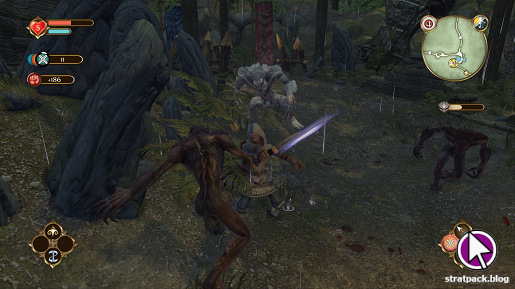
Then, at least for melee-focused characters like my own, something clicks. You’ve levelled up at the guild and spent your gold on stronger weaponry and armour. Perhaps you’re even throwing a few spells into the mix – my personal favourite was multi-strike, which lets you hit enemies multiple times with a single swing of your sword. Suddenly low-level enemies are single-hit kills, and against even the more challenging variants you feel in control.
I’d argue that the sense of progression from Fable’s levelling system and equipment upgrades feels better than those even in more modern RPGs like Skyrim. Each upgrade, purchase, or augmentation feels like it makes a significant difference – aesthetically and in terms of gameplay – which makes for a far more satisfying gameplay experience than finding constant multiples of the same few items that are only good to sell to traders at rip-off rates.
The one thing I can’t forgive Fable’s combat system for – and the reason I went firmly down the melee path – is the targeting system for ranged attacks. Although there is manual aim for the bow, you’ll mainly use your archery and will abilities by holding down the left trigger to target enemies. But it’s wildly unpredictable – in some cases spinning my hero 180 degrees to target traders downhill behind me rather than troll directly in front – and the time wasted made these combat styles almost unusable in many cases.
Breaking out
We meet our sister again and she says Jack of Blades is the one that burned down our home and cut out her eyes. Hmm, interesting… What could this guy possibly want to do with our family and our magical connection to this all-powerful sword? We’ll have to return to that mystery later, though, as Theresa tells us our mother is living in Bargate Prison these days, and apparently we’re going to break her out to reunite the family.
First we need to speak to the archaeologist, who knows a secret way into the prison, but he’s in the process of being kidnapped by Jack and his demonic minions. This is a tough new enemy type (I was glad I stocked up on health potions back at the Arena) that took me back into the hit sponge zone, and the arbitrary time limit placed on a fight against a huge group of these foes made this a quest I was glad to get out of the way.
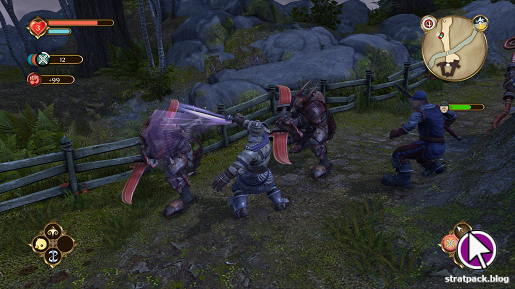
The secret passage starts in the graveyard, and to gain access we must please the dead Heroes’ Guild founder Nostro by gathering his equipment, which the oddball gravekeeper has hidden around the grounds. We must do this while fighting off a seemingly infinite number of undead enemies in an enjoyably gloomy atmosphere, which is a stark contrast to the usually bright, jolly, and colourful areas we encounter across the majority of Albion.
We fight our way into the prison and save our mother. You’d assume that as a former Arena champion she’d be a great help, but she mainly stands around while we battle the waves of guards on the way out, occasionally remarking on how good we are at fighting now. Thanks, Mum. But it doesn’t matter, because Jack corners us inches from freedom and throws us back in a cell.
Breaking out (again)
The prison segment mixes things up a little. Each year, the guards make us race around the compound, and the winner gets the privilege of listening to the warden recite his poetry in his office. While his back is turned you can sneak around to retrieve the combination to open one of three books, one of which contains the cell key. Pick the wrong one? Back to the cells for you, to rot until next year’s race. It’s a creative idea, and the growth of the hero’s hair and beard to show the passing of trime is a nice touch.
With the key, we can now break out again with our mother and the other prisoners. At the end of the tunnels, in a chamber that was suspiciously empty on the way in, we fight a really cool enemy called a kraken, which is a kind of huge water dragon. It has phases involving whacking tentactles and a green laser that shoots from its face, and is generally an enjoyable fight - it’s just a shame the second phase requires archery.
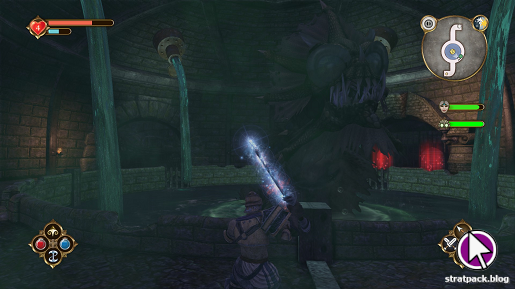
It seems we’re now firmly on the war path against Jack - not least because his minions kidnap our mother again nearly as soon as we get her back. We visit the Hook Coast, where dementor-like enemies are terrorising the local villagers, and discover Maze holding our sister hostage and performing a ritual that will give Jack of Blades the key for the sword. Jack runs off with the key, and we’re forced to fight the traitor in a tough battle to the death.
Next we chase Jack through various parts of Albion as he activates the focus sites required to obtain the sword. In Oakwood, the Hobbe Caves, and Bowerstone Jail, we fight alongside other heroes and citizens against hordes of minions, just missing Jack each time as he teleports to the next location. The sky glows red and there’s a real sense we’re building to a finale as we chase Jack to the Heroes’ Guild for what promises to be the final showdown.
The final showdown
With the guild burning and the Guildmaster incapacitated (and very grouchy if we try to speak to him again), we chase Jack into a big, church-like room. He kills our mother before our eyes and brandishes the all-powerful sword he’s coveted all this time. It’s clear that only one of us is leaving alive.
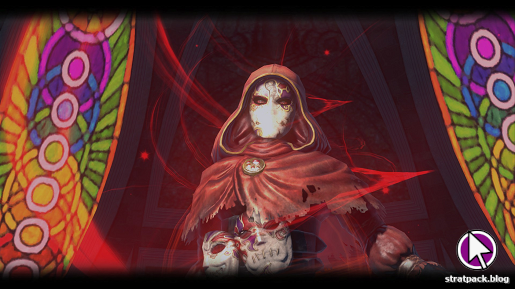
The final one-on-one is another two-phase fight. First, Jack comes directly at us for a melee and will duel. He still uses some slightly unfair tricks, but oddly wasn’t as frustrating as Whisper was earlier on. Then he floats in the air while he sends minions at us. I won’t say how long it took me to realise that fighting them is futile as they endlessly respawn, and that I needed to strafe to avoid them while firing arrows at Jack (sigh). After switching tactics, it wasn’t too much longer before Jack of Blades was defeated.
At this point, we’re faced with our final moral choice - do we kill our sister in order to wield the Sword of Aeons’ power for ourselves, or throw it into the vortex and destroy it forever? I chose to spare my sister’s life, but was disappointed when she just walked out without so much as a thank you, saying something about going travelling to find herself. And with that, our hero is sent back out into Albion to do side quests for eternity.
Final thoughts
Fable is a memorable and lovingly crafted game, even if it doesn’t deliver on the promises that were made during its development. There’s plenty that stuck with me over the last two decades, from the feel of the combat, to the intonation of certain lines of dialogue, and even the way the experience orbs float towards you Galaga-style when you hold the right trigger.
But it’s the smaller, more conditional details that really make Fable stand out. After making morally good decisions throughout the game (even if they are obvious and binary after the tutorial finishes) my hero sprouted a halo, and if you went in the opposite direction you’d grow devil horns. You can buy titles from vendors and characters will actually call you by them in dialogue. While perhaps not brand new, little customisations like these were extremely rare in 2004, especially in such a graphically vibrant game.
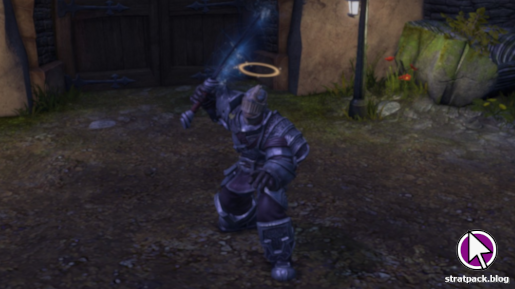
That said, while the level of freedom Molyneux and his team strove to give the player was what made Fable unique, it also left some of the later parts of the story feeling tonally incongruous. Some sequences, like the final decision over the sword, offered options for both good and evil characters, but - for example - it felt plain wrong for my angelic hero to slaughter so many guards a few minutes before, even if he was wrongfully imprisoned.
Your mileage with Fable will probably depend on how much nostalgia you hold for it. I rode through much of the game on memories of how it blew me away 18 years ago, but I imagine it would be much less gripping for somebody raised on the luxuries of later RPGs like Skyrim. The series still has enough of a unique atmosphere and charm to be worth playing for the first time, but - based on memory, at least - I think Fable II would be the better place for newbies to start. I’ll confirm that when I get around to playing it again.




